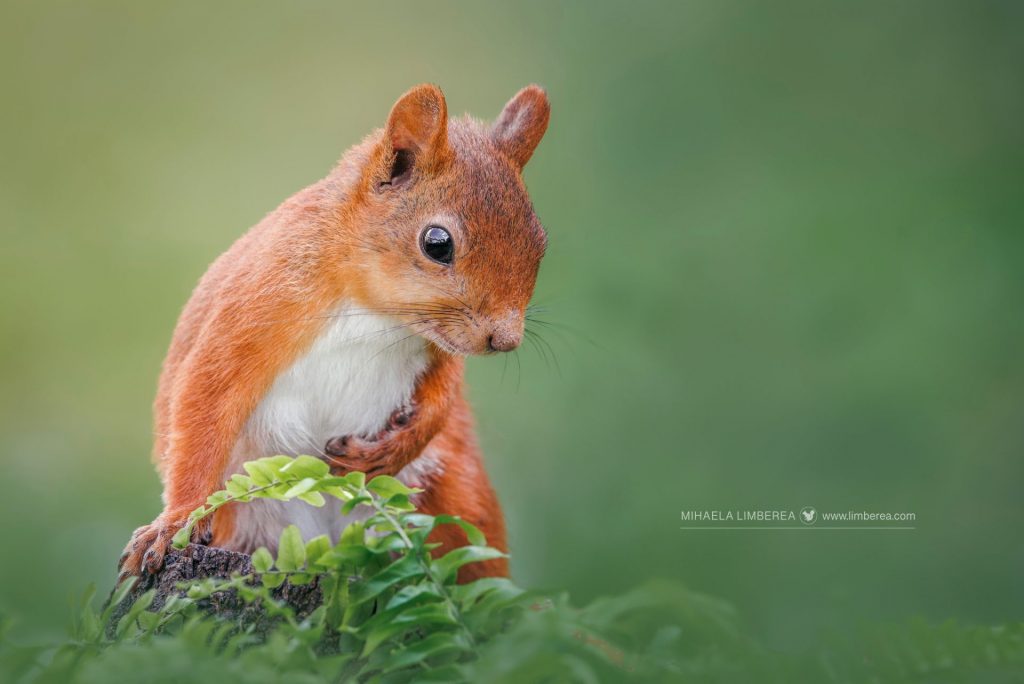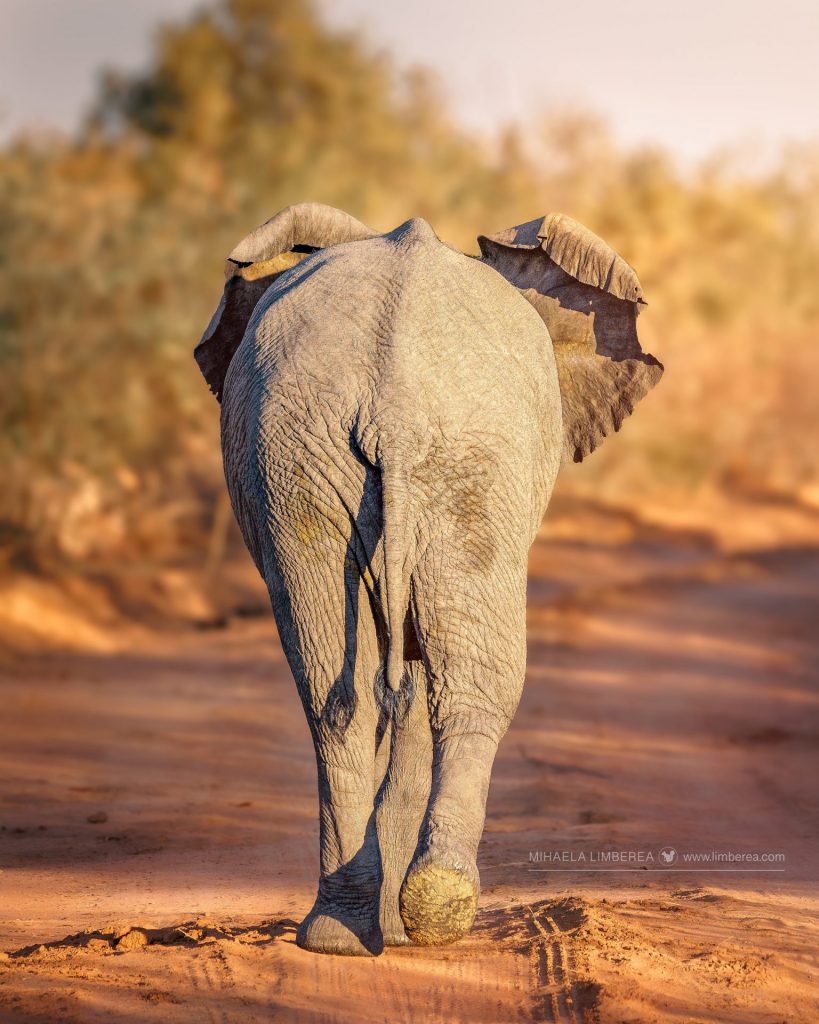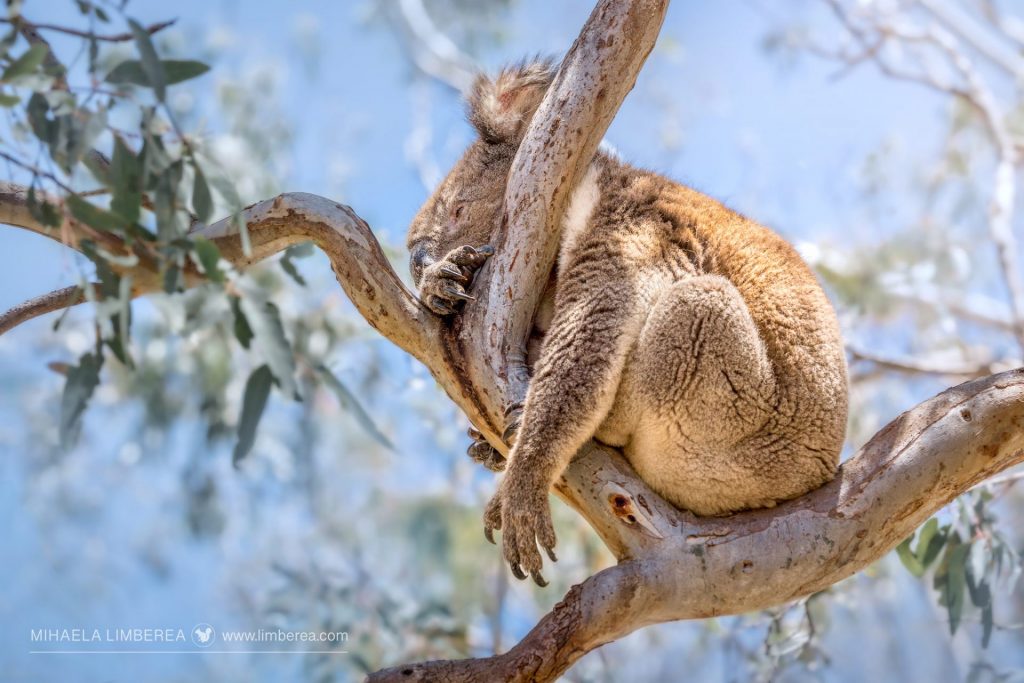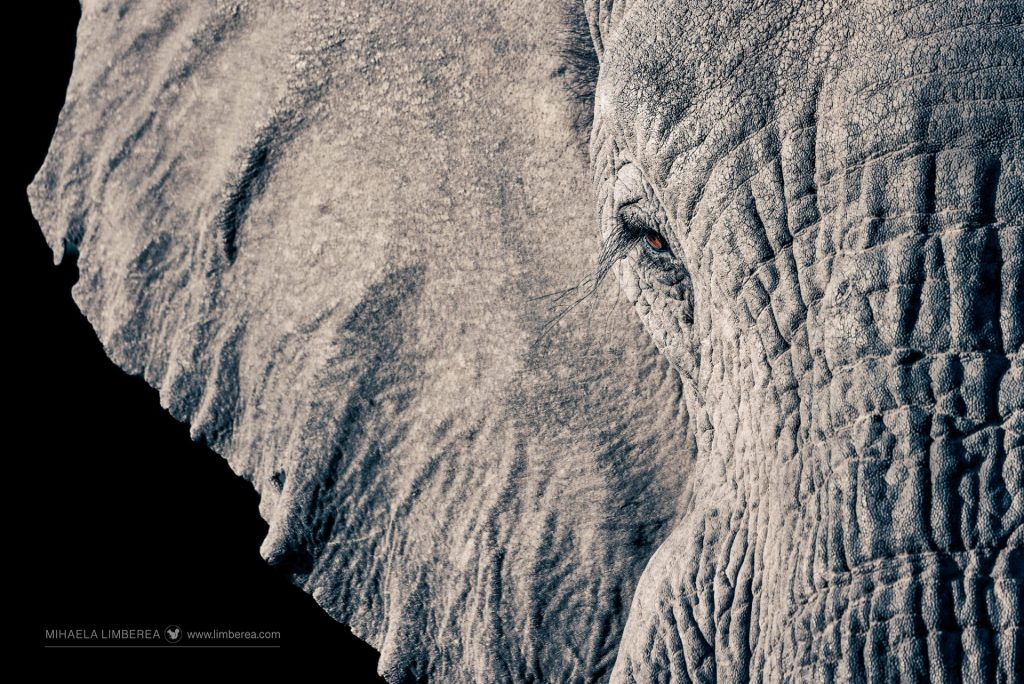
Red Squirrel (Sciurus vulgaris). This is one of my top favorite photos this year, likely one of the 2024 top ten.

Morning grooming routine 🤭. Kangaroo Island kangaroos, a subspecies of the Western Grey Kangaroo (Macropus fuliginosus), photographed at the wildlife sanctuary created by Ecopia Retreat on Kangaroo Island.

Morning traffic, Marataba Marakele, South Africa.

A kangaroo joey tenderly grooms her mother ❤️. I photographed this cute pair at the wildlife sanctuary created by Ecopia Retreat on Kangaroo Island.
The kangaroos in the photo are Kangaroo Island kangaroos, a subspecies of the Western Grey Kangaroo (Macropus fuliginosus). Because of their long period of isolation from mainland Australia, the KI kangaroos are pretty different from the Western Grey kangaroos. They’re shorter, darker, and much cuter if you ask me!

That Monday morning feeling 😵💫. Koala (Phascolarctos cinereus) photographed somewhere in the Middle River area on Kangaroo Island, South Australia.

Moments like these are why I love wildlife photography 😍. Australian sea lions (Neophoca cinerea) photographed during a guided research tour at the Seal Bay Conservation Park, Kangaroo Island.
All photos were taken with Canon EOS R5 and Canon RF100-500mm F4.5-7.1 L IS USM.
Related Posts
- Favorite Photos: July 2024
- Favorite Photos: June 2024
- Favorite Photos: May 2024
- Favorite Photos: April 2024
- Favorite Photos: March 2024
- Favorite Photos: February 2024
If you liked this post, share it on your preferred social network or forward it to a friend.











